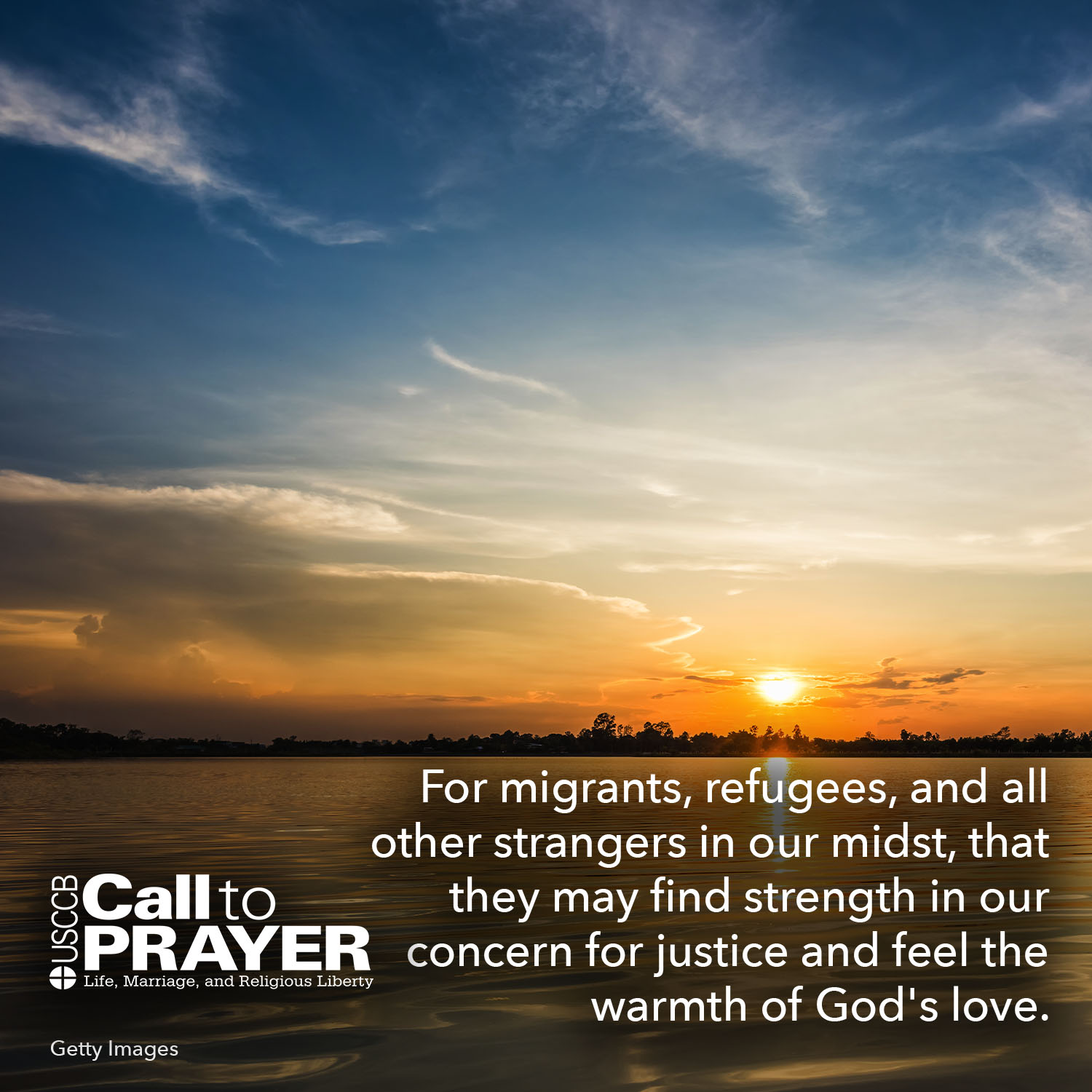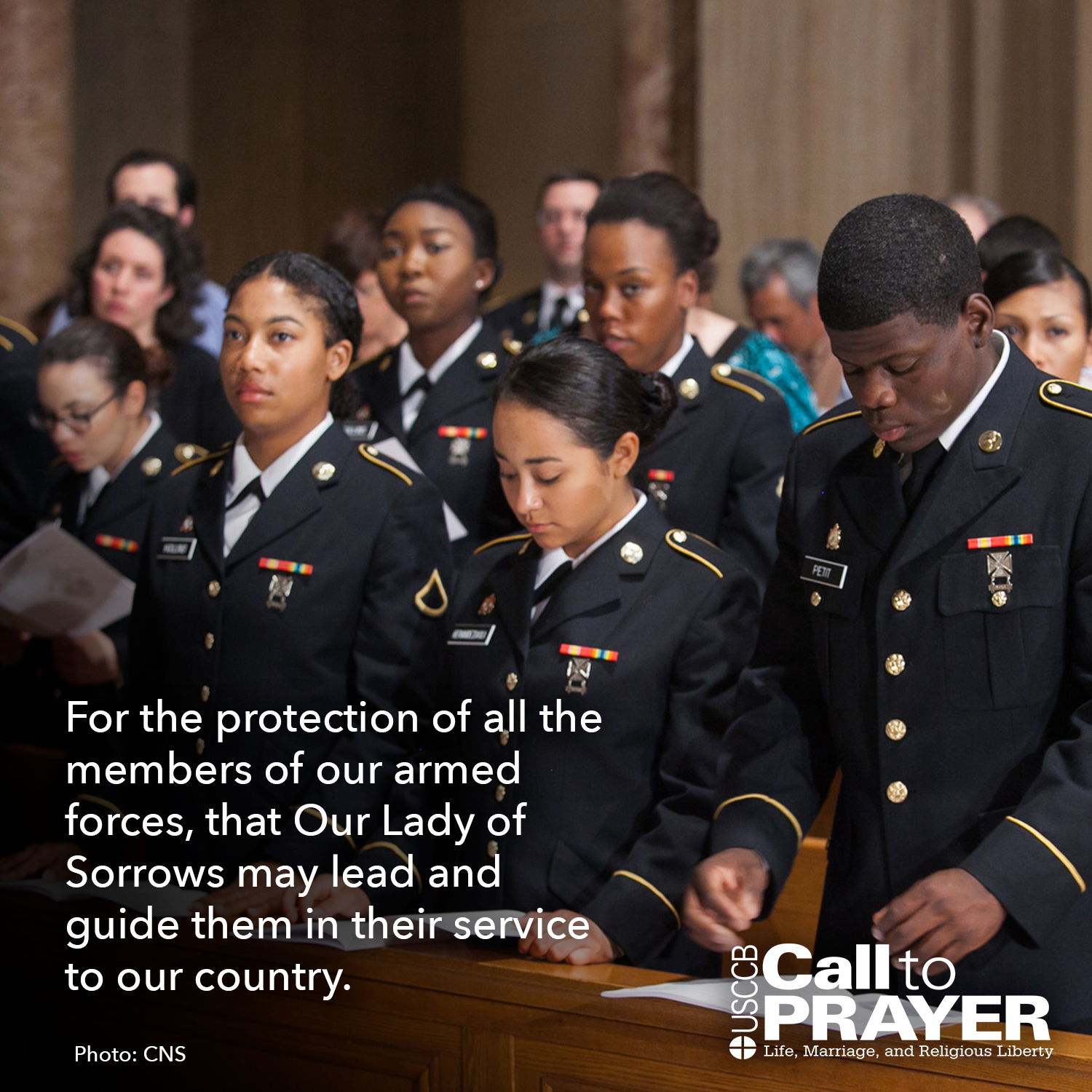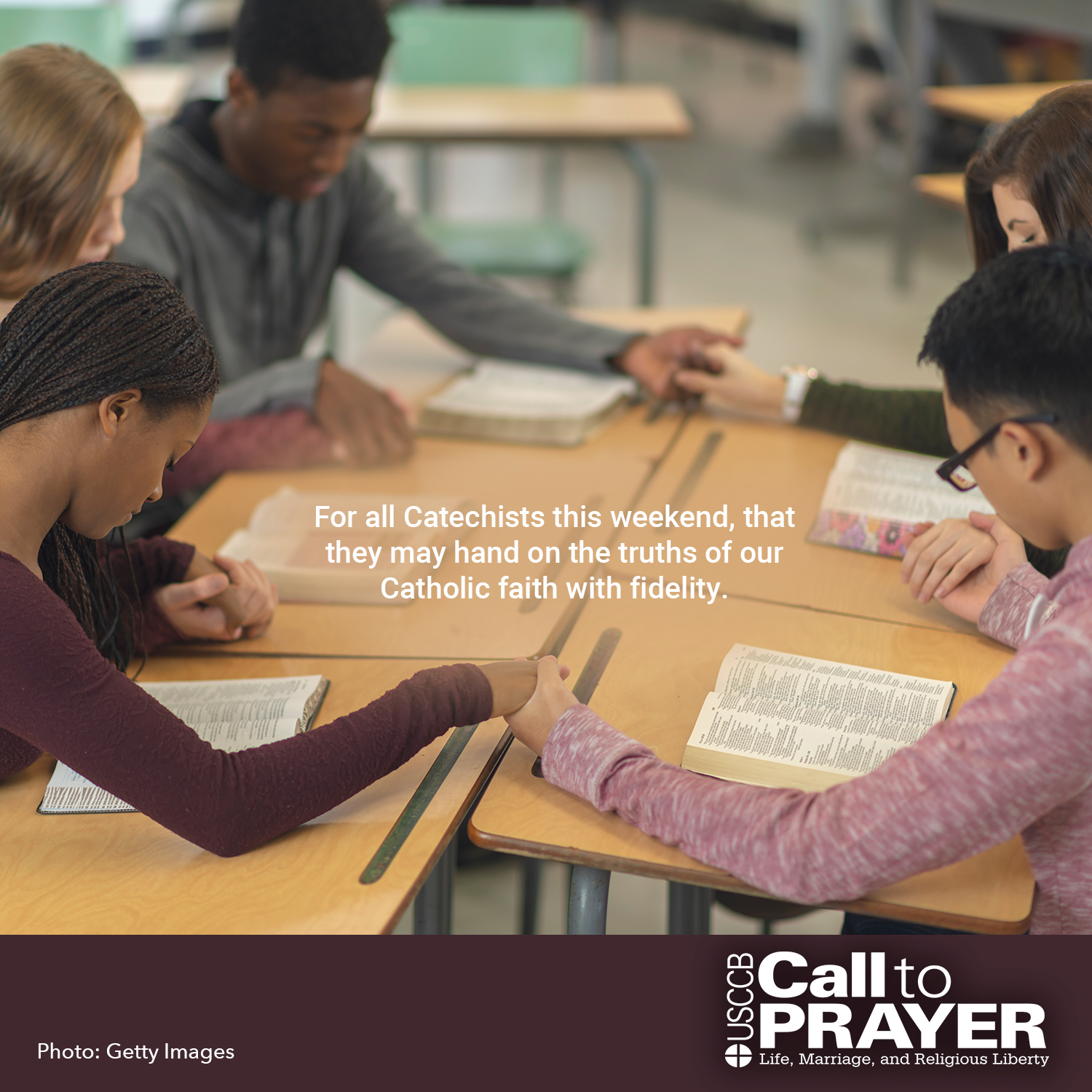Nature Part One
 Intro to Nature: Part One
Intro to Nature: Part One
In his book, The Modeling of Nature, Fr. William Wallace, O.P. states the problem that we agreed to tackle in our last post: “though it is easy to form a general idea of nature and the natural, it is difficult to define nature precisely and to differentiate things and processes that are natural from those that are not.”[1] In this post and the posts to come, with the help of Fr. Wallace and others, we are going to nail down what the word “natural” means.
Fr. Wallace distinguishes two ways to conceptualize nature: (1) What is free from human intervention and contamination. So, natural versus artificial. Contrast, for instance, Lake Michigan and the man-made ponds in city parks. In this sense, natural things exist on their own, indifferent to mankind’s needs or desires. We did not “have a say” about whether Lake Michigan exists, but we did create various ponds for our own enjoyment. (2) Activities or behaviors that originate from within an agent without force or coercion.[2] For example, no one must remind beavers to build dams or ask bees to make honey. They just do. This sense of nature is what we mean when we say that things “do what comes naturally.”
Now, let’s take a closer look at the first sense of nature that Fr. Wallace distinguishes: that which is free from human influence (or: that which is opposed to the artificial). Think of all the things that we consider natural: plants, animals, bodies of water, rocks and rock formations, the planets, chemicals and compounds. We could even include natural phenomena like storms, natural disasters, or the water cycle. Now, what makes all of these things natural as opposed to artificial? The distinction that Fr. Wallace makes is that natural things exist or come into being on their own. Why does this make something natural? Well, if something comes to exist on its own, it means that it does so regardless of mankind’s needs, wishes, or desires. Recall our contrast between Lake Michigan and our man-made ponds. While we may use and enjoy Lake Michigan—use it for swimming, fishing, sailing, etc.—we did not create it for this express purpose. The man-made lakes, however, were designed by someone and deliberately placed in the park for us to use and enjoy.
Someone might object that the man-made ponds are still made out of natural things like rocks, water, and plants, and they might be populated by animals like fish or ducks. So, why can’t we consider them natural, like Lake Michigan? While it is true that the man-made ponds are made out of “natural stuff,” this still doesn’t change the fact that these natural things were arranged, configured, put there by someone else.
In fact, there are many examples of artificial things that are made from natural parts. For example, wooden furniture is “natural” insofar as it is carved from naturally-occurring wood. Cotton clothing is natural insofar as it is made from the cotton plant, and granite counter tops are natural insofar as they’re cut from slabs of naturally-occurring granite. Notice that all of these things are harvested, altered, and designed specifically for human purposes. That fact is what makes them artificial rather than natural. Imagine how out of place a wooden kitchen chair would look amidst a forest of redwood trees!
Now that we have this first sense of the natural squared-away… stay tuned for part two! In part two, we will discuss the second sense of nature that Fr. Wallace distinguishes and how it is both related to and different from the first.
[1] William A. Wallace, The Modeling of Nature: Philosophy of Science and Philosophy of Nature in Synthesis (Catholic University of America Press: 1996), 3.
[2] Ibid.
About the Author: Bridget Groff is an M.A./Ph.D. student in the School of Philosophy at the Catholic University of America. She currently works part-time at the United States Conference of Catholic Bishops as an intern for the Subcommittee for the Promotion and Defense of Marriage.
Archive
Call to Prayer: September 27, 2019
Archive
Arizona Catholic Conference on Brush & Nib Decision
The Arizona Catholic Conference (all the bishops of dioceses in Arizona) published the following statement in response to the Arizona Supreme Court decision in favor of Brush & Nib Studios:
We are grateful that the importance of religious liberty was recognized today by the Arizona Supreme Court in the case of Brush & Nib Studio v. City of Phoenix.
The case involves two Christian artists who only want to create art that is consistent with their artistic and religious beliefs. Today’s ruling striking down a Phoenix law that had threatened their ability to do so by potential government coercion is, therefore, a positive development for religious liberty. After all, the freedom to practice one’s religion is fundamental to our way of living and should never be reduced to a “freedom of worship” that limits these rights to the confines of church property.
As we have stated previously, the Catholic Church supports the human dignity of people of all faiths, and even those of no faith, while firmly opposing any forms of unjust discrimination. We consider ourselves blessed to live in a county that values such freedoms and respect for all people.
Thankfully, the reality still remains that Arizona has the ability to serve every person while making room for valid conscientious objection for the purposes of religious freedom.
Accordingly, we applaud today’s ruling in the Brush & Nib case as a positive step forward in recognizing these inalienable rights.
Most Rev. Edward J. Weisenburger
Bishop of Tucson
Most Rev. Thomas J. Olmsted
Bishop of Phoenix
Most Rev. Eduardo A. Nevares
Auxiliary Bishop of Phoenix
Most Rev. James S. Wall
Bishop of Gallup
Archive
Call to Prayer: September 20, 2019
Archive
Made for Love Ep 46: Parents, the Primary Educators
What does the Church mean when it insists that parents are the primary educators of their children? Today we’ll talk about some of the different ways that Catholic families engage in education, from homeschooling to co-ops to Catholic schools to public schools. This episode features Mary Pat Donoghue, Executive Director for the Secretariat of Education at the USCCB, Tom Burnford, President and CEO of the National Catholic Educational Association, Jay Boren of St. Benedict in MA, Sara and Andy Sefranek, and Lindsay Schlegal, author of Don’t Forget to Say Thank You: And Other Parenting Lessons That Brought Me Closer to God.
Here’s Lindsay Schlegal’s website with more of her writing!
And this is a link to St. Benedict Classical Academy, the school that Jay Boren runs in MA.
On podbean:
And Soundcloud:
Archive
Call to Prayer: September 13, 2019
Archive
Call to Prayer: September 6, 2019
Archive
Made for Love Ep 45: Hospitality
Catholic families are called to be missionary disciples, reaching out to others with the love of Jesus. How can spouses cultivate hospitality? This episode features Sr. Mariae Agnus Dei of the Sisters of Life, Soren and Ever Johnson of Trinity House, and Anna Hitchings (an Australian!).
Soren and Ever Johnson are the co-founders of the non-profit Trinity House Community and its Trinity House Café in Leesburg, VA, which will celebrate five years of serving the community this October. This fall, the Johnsons are launching a new phase of the ministry “to renew faith and culture by inspiring families to make their homes into a little taste of heaven.” Learn more about how to host “Heaven in Your Home: A Workshop on How to Build a Flourishing Christian Household” at your parish or school.
Anna Hitchings’ blog is Agony and Hope and the original article that brought her into the spotlight (as discussed on the podcast) is: For want of a lot of good men
On Podbean:
Or Soundcloud:



